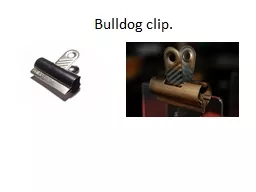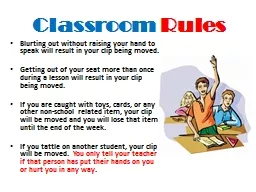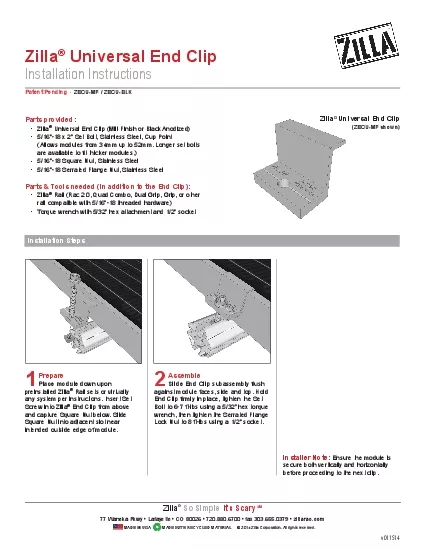PPT-Check In Question I will be playing a clip from a movie. After it is finished, I want
Author : min-jolicoeur | Published Date : 2018-03-14
Supply and Demand Two factors that make marketbased economies work Consumer is on the DEMAND side of the market Producer is on the SUPPLY side of the market Supply
Presentation Embed Code
Download Presentation
Download Presentation The PPT/PDF document "Check In Question I will be playing a cl..." is the property of its rightful owner. Permission is granted to download and print the materials on this website for personal, non-commercial use only, and to display it on your personal computer provided you do not modify the materials and that you retain all copyright notices contained in the materials. By downloading content from our website, you accept the terms of this agreement.
Check In Question I will be playing a clip from a movie. After it is finished, I want: Transcript
Download Rules Of Document
"Check In Question I will be playing a clip from a movie. After it is finished, I want"The content belongs to its owner. You may download and print it for personal use, without modification, and keep all copyright notices. By downloading, you agree to these terms.
Related Documents














